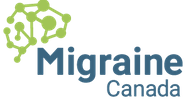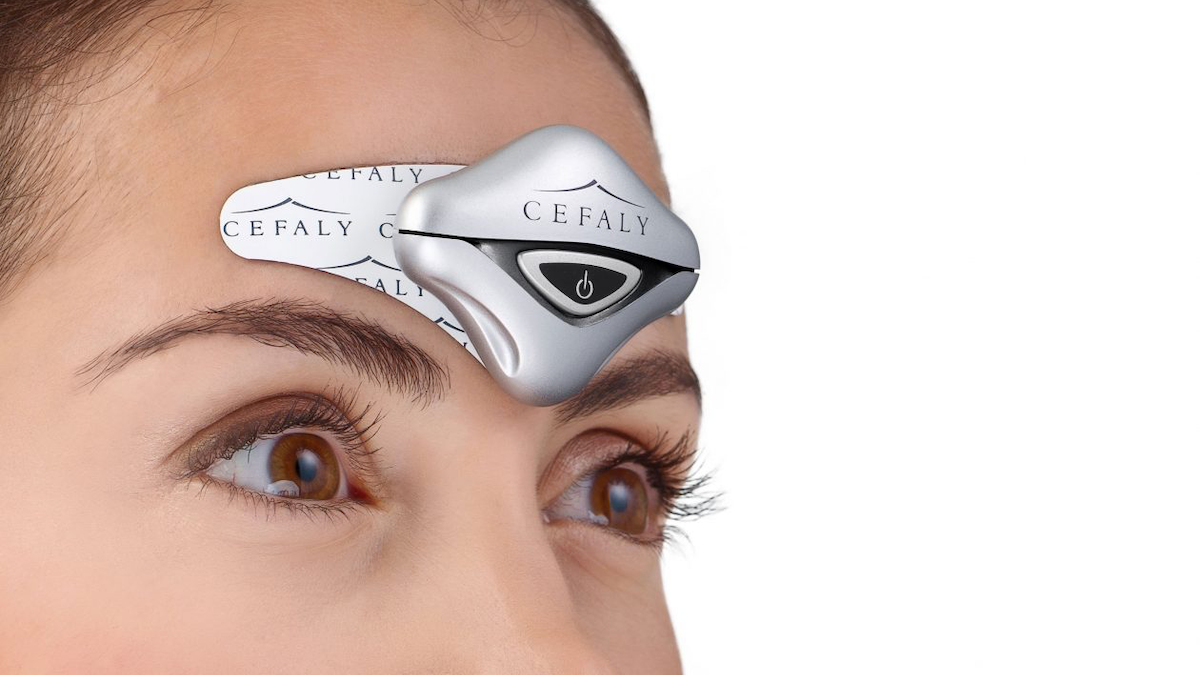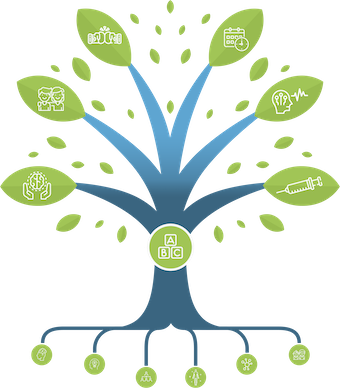Cefaly: transcutaneous stimulation for migraine
What is the Cefaly device?
Cefaly is a device that sends electrical signals to stimulate the sensory nerves of the face. The stimulus passes through trigeminal nerve to the trigeminal nucleus in the brainstem. This area is involved in initiating migraines. It is thought that by sending electrical impulses into the trigeminal nerve network, migraines can be controlled.
The first version of the Cefaly looked a bit like a tiara or diadem. The new version is smaller.
What are the advantages of Cefaly?
Many people do not like taking medications due to side-effects. Cefaly is a device that remains external to the body and has fewer side effects.
How does Cefaly work?
Neurostimulation targets the frontal and temporal branches of the trigeminal nerve. The signal is relayed to the brain and modulates the pain networks to decrease migraine frequency.
Is there research evidence that Cefaly works?
A Belgian research team conducted a randomized controlled trial called PREMICE to see if migraines can be prevented with a supraorbital transcutaneous stimulator. Their study was subsidized by the Belgian institutions and not by the manufactures of Cefaly.
Who participated in the study?
67 people with migraine. They had a minimum of 2, and an average of 7 migraine days per month. It should be emphasized that NONE of the participants had chronic migraine or daily headache. Most people who seek treatments for migraines have more than 4 per month.
It is important to note that the participants did NOT have chronic migraine and they were NOT taking preventive medications. Nor did they have frequent tension type headaches in addition to migraines. The study population was not the same as many of the people who are interested in using Cefaly.
How did the participants use Cefaly?
The protocol was 20 minutes per day for 3 months. The “placebo” group still used Cefaly, but the electrical stimulation was weaker.
Were there any side effects?
No adverse events were reported. In real life, people with chronic migraine who try the device may experience pain and allodynia from the electrodes and stimulation.
What were the results?
The Cefaly Group: 6.9 days of migraine per month at the beginning, 4.9 days at the end. Therefore, migraines decreased by 2 days.
Placebo Group: 6.5 at the beginning, 6.2 at the end. Therefore, no obvious improvement in migraine.
Other parameters that were observed
- The responder rate (percentage that improved by more than 50%): 38% versus 12%. Roughly 3 times more people using the real Cefaly had an improvement of more than 50% of their migraines.
- More people were satisfied with Cefaly (70% vs. 40%).
- More people using Cefaly decreased their acute medication use (36% vs. 0%)
What can be concluded from this study?
1. Cefaly appears to be a promising technique for controlling migraine headaches.
2. The positive effect (50% better) of Cefaly is obtained by 4 out of 10 patients.
3. Cefaly is well tolerated.
4. Patients had difficulty using Cefaly daily. We do not know if using it more regularly could produce better results.
5. The effect of Cefaly in patients with frequent or chronic migraines was not studied.
6. It is unclear whether it is beneficial to use both Cefaly and preventative medications, but it is possible to use both.
REFERENCES
- Vikelis M et al Clinical experience with transcutaneous supraorbital nerve stimulation in patients with refractory migraine or with migraine and intolerance to topiramate: a prospective exploratory clinical study. BMC neurology. 2017;17(1):97.
- Chou DE et al. External Trigeminal Nerve Stimulation for the Acute Treatment of Migraine: Open-Label Trial on Safety and Efficacy. Neuromodulation. 2017;20(7):678-83.
- Schoenen J, et al. Migraine prevention with a supraorbital transcutaneous stimulator: a randomized controlled trial. Neurology. 2013;80(8):697-704.
Post#1004
Categories
THE MIGRAINE TREE
- BRANCHES
- ACUTE TREATMENTS
- DEVICES AND NEUROMULATIOIN
- PREVENTIVE TREATMENTS
- PROCEDURES AND INJECTIONS
- SELF-CARE AND LIFESTYLE
- SOCIAL LIFE
- TRUNK
- ROOTS
OTHER CATEGORIES




